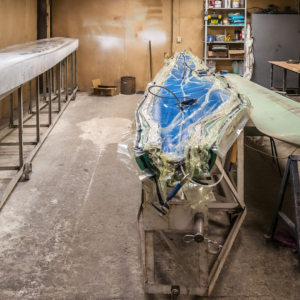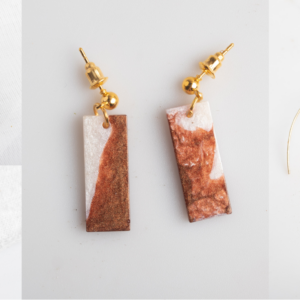Epoxy Basics: What Glass Cloth Should You Choose for Your Boatbuilding Project?
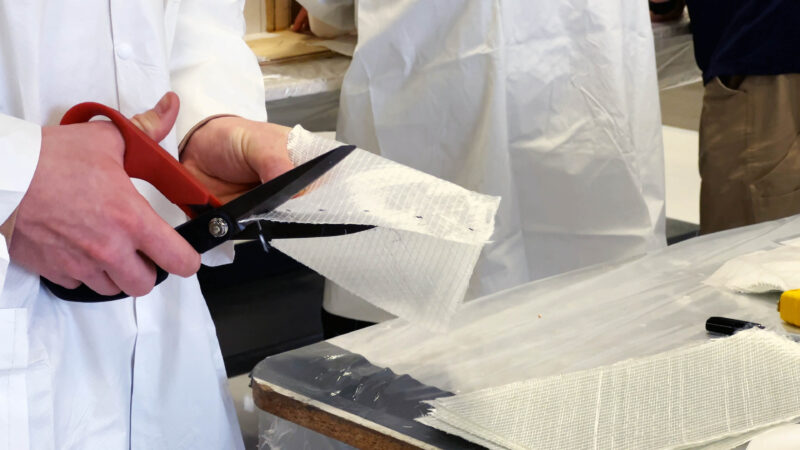
Choosing the right glass cloth is the starting point for any successful boatbuilding or repair project. Make the right choice with our four key selection criteria says technical expert, Hamish Cook.
How to Navigate the Wide Range of Glass Cloths?
Plain weave, biaxial stitched, twill weave, satin weave. The range of glass cloths available is huge and growing. So how can you make sure that you choose the right one?
What Function Does Your Glass Cloth Need to Fulfil?
The simple answer is to consider the function your glass cloth needs to fulfil. Does it need to strengthen a joint or transfer a load between two components? Does it have to be thin and light? Maybe it has to drape easily over curved components? Or does it need to look great under a clear finish?
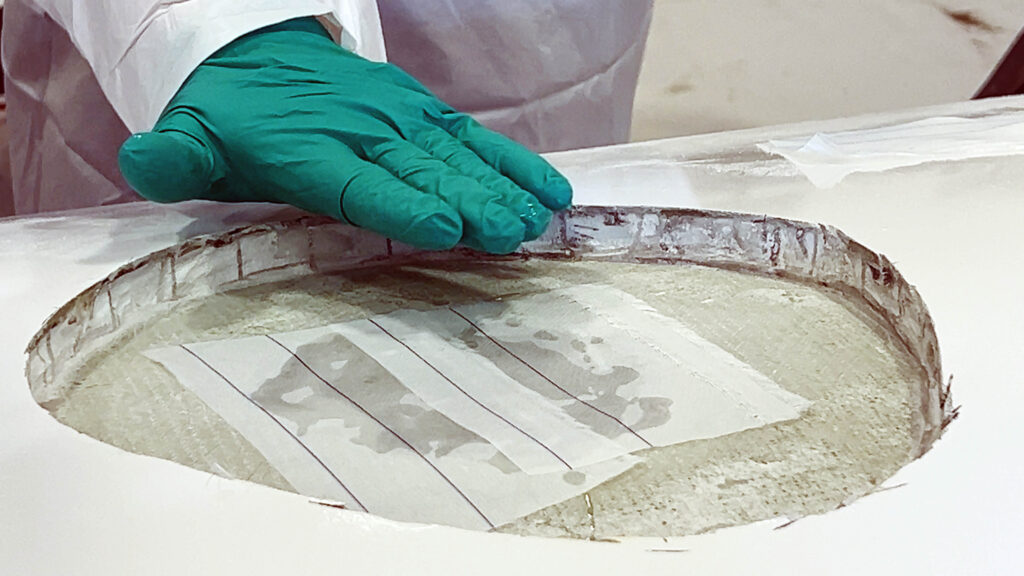
What are the Key Selection Criteria for Choosing the Right Cloth?
Here are our four key selection criteria to help you choose the right cloth for your project:
How Important is Strength in Your Project?
If you need to transfer a load across a joint, it’s likely that a stitched biaxial cloth will be the right choice for you. With woven fabrics, 50% of fibres run in parallel to your joint, which means they’re doing nothing to strengthen it. In contrast, stitched biaxial fabrics use 100% of fibres to transfer load between components, making your joint much stronger.
How to Balance Weight and Strength in Your Project?
Small boats such as dinghies need to be extremely light. For this reason, many small boatbuilding projects, including many stitch and glue construction projects, recommend plain weave glass cloth.
What is the Best Cloth for Drapability?
For some applications, we need fabric that will drape easily over curved surfaces, such as the hull of a small, cedar-stripped canoe, for example. For this, we use satin weave fabrics that use offset weaves (one under, two over or similar).
How to Achieve the Desired Finish with Your Cloth?
When choosing your cloth, you need to think about the kind of finish you want to achieve. If you want a clear, varnished, finish you’ll need to use a woven cloth that will flow out nicely when wetted out with epoxy.
Where Can You Find More Information?
For more information about choosing the right glass cloth for your project, download our sheathing guide. You can also watch a video blog on choosing the right materials for your project.
How to Contact Us with Your Questions?
Have you got a question to ask the tech team Email us at techinfo@wessex-resins.com
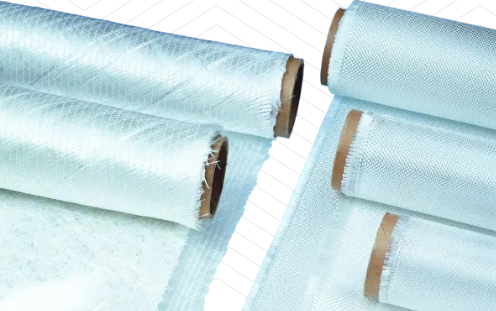
Have you subscribed to our FREE monthly newsletter? Sign up here!
Working on a project? Share it with us! Click here…

